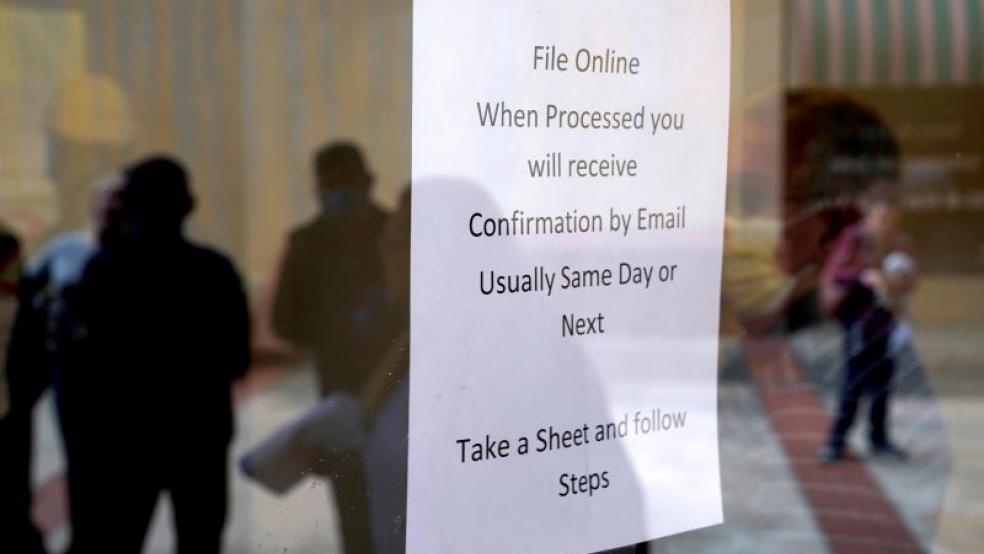New jobless claims ticked higher last week, the Labor Department announced Thursday, with 1.1 million people filing for state unemployment benefits on a seasonally adjusted basis. Another 540,000 filed for claims for Pandemic Unemployment Assistance, a program that provides aid to the self-employed and to workers who have exhausted their state benefits.
The increase comes after two weeks of declining first-time claims, which dropped below 1 million last week for the first time since March. It also comes as the IRS warns that millions of jobs could be lost for years, with 37 million fewer jobs expected in 2021 than at this beginning of this year, before the coronavirus pandemic.
A blip or something more alarming? Today’s numbers were worse than expected, but most experts say it’s too early to conclude that the economy has taken another significant stumble. “It’s not going to be simply a straight-line recovery,” said Brett Ryan of Deutsche Bank.
At the same time, the data make it clear that the “labor market is a long way from being healthy,” Nancy Vanden Houten of Oxford Economics said in a note to clients. And despite an improving trend on unemployment, it’s worth remembering that the numbers are still shocking by historical standards, with new jobless claims exceeding the pre-Covid record set in 1982 for 22 weeks straight. “While there has been a steep decline from crisis peaks, the fact that five months into the crisis initial claims are running at 1.1 million per week is, in absolute terms, very bad news,” Joshua Shapiro of the forecasting firm MFR said in a note.
Heidi Shierholz of the progressive Economic Policy Institute said Thursday that the data present a strong argument for Congress to revive the enhanced unemployment benefits that expired at the end of July. “We remain 12.9 million jobs below where we were before the virus hit, and the unemployment rate is higher than it ever was during the Great Recession. Now isn’t the time to cut benefits that support jobs,” she wrote.
Looking ahead, some economists emphasized that the failure to reach an agreement on additional stimulus could be a serious problem. “If we continue to see the pullback and nothing is done by Washington, for state and local government as well, the headwinds going in to the fall are going to be huge and they could easily be a riptide that pulls us under again,” said Diane Swonk, chief economist at Grant Thornton.




